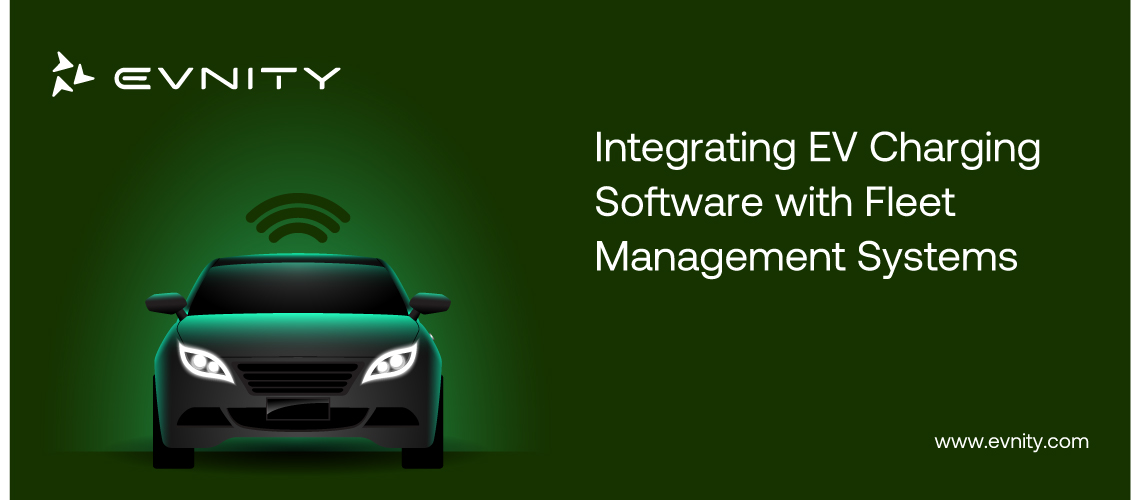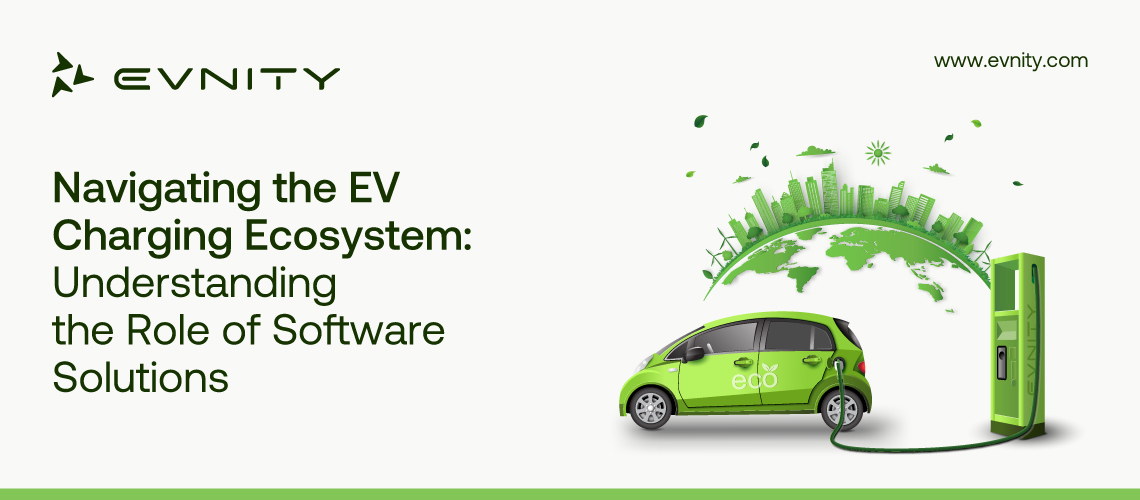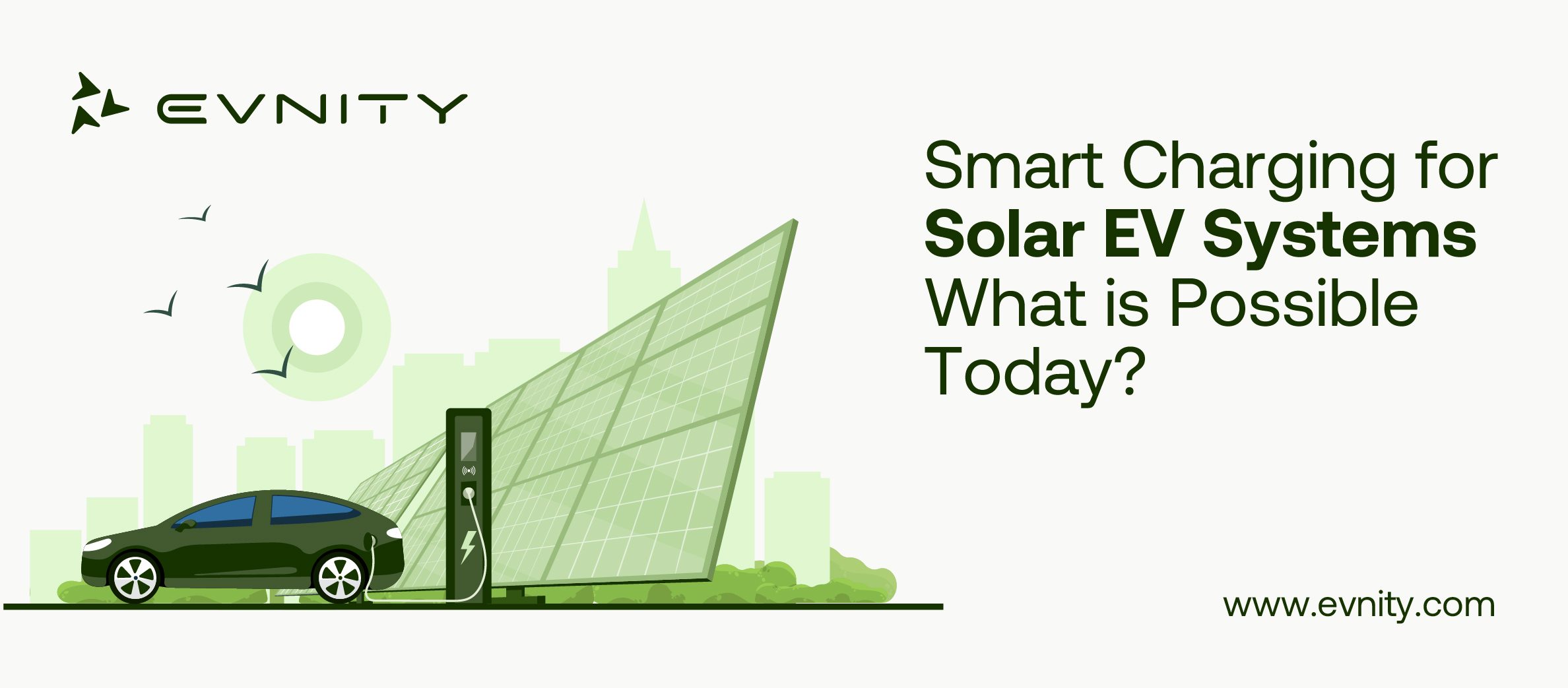The popularity of electric vehicles, or EVs, has skyrocketed, signaling a new age in automotive technology. Ensuring you have effective and easy charging alternatives is crucial to owning an EV. Although installing an EV charger at home might seem overwhelming, it's a doable and beneficial endeavor with the correct advice. You may follow this blog post's comprehensive, step-by-step instructions to assist you with the procedure.
Hire A Certified Electrician
Installing and maintaining electrical distribution systems while guaranteeing adherence to rules and regulations is the responsibility of electricians. For complicated undertakings, it is imperative to use a specialist. Selecting an electrician with the appropriate education, experience, and problem-solving skills is crucial, whether the task involves installing light fixtures or creating electrical designs for a sizable commercial building. They must be able to operate well with clients and colleagues as well.
Obtaining Permits To Install EV Charger Software
The Information Bulletin describes the procedures for securing the necessary permits to install EVCS, such as an Electrical Permit for installation or a Building Permit for the construction of new buildings or extensions to existing structures. It makes clear that a construction permit is not required when re-striping or labeling a parking spot as accessible because of an EVCS.
To install an EV charger in your house, make sure your electrical system is qualified and get permission from your local power company. This procedure is comparable to getting approval for the installation of an air conditioner to use more power. Your hired electrician will help you with the specifics.
Confirm The Electrical Panel Has Space
Make sure there are enough slots in an electrical service panel box before adding new circuits and circuit breakers. Older circuits must be shifted to the sub-panel if an electrician installs a larger box or adds a smaller sub-panel in case the service panel is full. When a service panel has all of its circuit breakers used and no slots left, tandem circuit breakers might be a simple fix. They can service two different circuits yet still fit in the same-sized slot as a standard breaker. Examine the metal knock-outs on the panel to see whether there are more places, and take off the cover to see how many are available.
Purchase A Level 2 Charger
While most new electric cars (EVs) come with Level 1 chargers as standard, owners frequently choose the more efficient Level 2 chargers, which can charge an EV up to 8 times quicker. When hardware, accessories, and installation are taken into account, the price of installing a Level 2 EV charger at home can vary from $500 to $800. If these chargers are eligible for government tax rebates, incentives, and reductions from nearby energy suppliers, they can become even more economical. The 32–40A home Level 2 EV charger hardware costs between $500 and $800. This is a good place to start. In the end, qualifying for these savings can help bring down the price of a brand-new EV charger.
Install The EV Charger.
You can easily install a charger if you have a 240-volt outlet. Plug the cord into the outlet and fasten the device to a wall stud. If hardwired, find out if your infrastructure can sustain it by speaking with an experienced electrician. Speak with an electrician before moving or installing a new outlet to make sure it complies with local regulations and the specifications of your infrastructure.
Conclusion
Due to the country's infrastructure, EV charging station management software for cars is insufficient to keep up with the growing number of vehicles on the road. Installing an electric vehicle charger at home or on your property may make owning an electric car simpler, more convenient, and cost-effective. While some EVs may be charged with standard 15 Amp household outlets, getting a more potent, quick charging device is advised for maximum convenience. We hope this information on installing an EV charger at home will prove useful.


